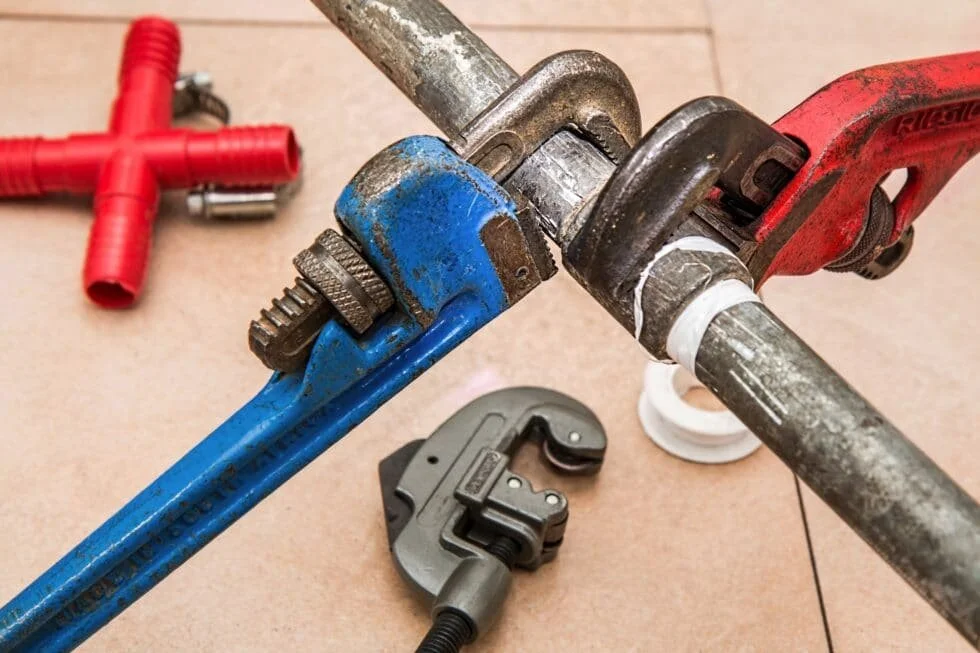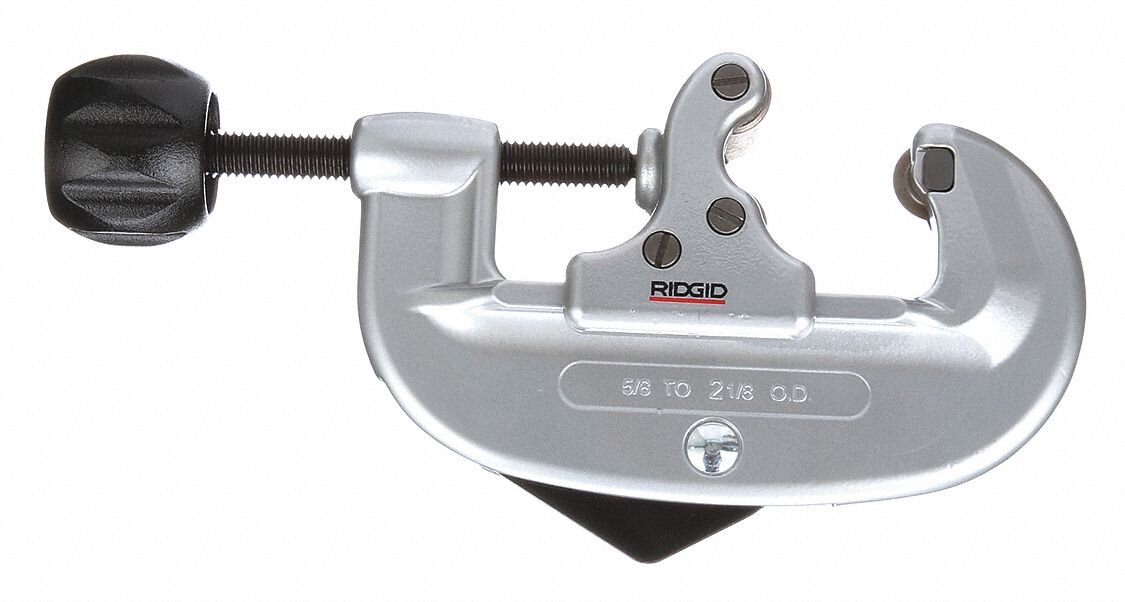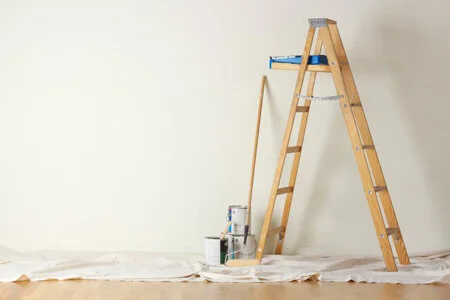Everything You Need to Know About a Clogged Laundry Drain
RH Business Marketing Solutions
Photo by Ksenia Chernaya from Pexels
Like any household drain or sink, a laundry drain is also susceptible to being clogged. If you notice the water is draining slowly in your washing machine or the laundry room floor in general, it is in dire need of immediate action. The drain of the washing machine is likely to overflow when it is obstructed.
It is immensely frustrating to deal with the spilling of dirty laundry water during a wash cycle caused by a blocked drain. The drainage can be congested by anything. It can either be due to the accumulation of excess lint or the build-up of bacterial sludge.
It is easier to take precautionary measures rather than being exasperated by the consequences of a clogged drain. If your laundry drainage is already jammed, try to fix it yourself before calling a plumbing expert.
This article will discuss everything you need to know about clogged laundry drains.
Causes of Blocked Laundry Drains
It is best to do your research online and know what you have to deal with. For useful insights and plumbing tips, click here. There is a lot of tiny debris left behind after washing a load of laundry.
Some bits are also naked to the eye. There are other sorts of causes, such as a malfunctioning duct or poor quality of water.
Laundry Detergent
There are some varieties of detergents and soaps that leave residue in the pipes. These drained soapy liquids can also form as lining inside the ducts. This accumulation is also quite sticky and can trap lots of minuscule bits like lint, hair, and microfibers, which leads to the buildup of a gunky mass that obstructs the flow of the drainage, clogging the laundry drain.
Lint
Lint is infamous for being unappealing and one of the major causes of hygiene issues. Besides hurting the aesthetics and being the main cause of dust bunny formation, this fabric fuzz can also be the culprit of drain blockage.
From the washing machine and the dryer, lint from clothes flow towards the drain and clump together. Upon clumping together, it can form a lump in the drain entry and cause a severe clog. As mentioned earlier, it can also get easily trapped by any sticky residue in the drainage pipes.
Debris
The washing machine can go through a lot. Everyone who does laundry is well aware of the debris that is left behind when doing a load. The debris can vary from bits of tissue paper, loose change, or even a forgotten piece of candy in the pockets.
If you have children or a member of the house who does a lot of outdoor activities, their clothes often contain gritty sand particles, dust, and even mud. Hair from the clothing pieces is also another contributing factor. This debris exits through the machine’s hose.
A build-up of debris can arise if the liquid detergent is not properly washed away. The debris can also collect if the force of the water is not sufficient enough to wash them away. Large-sized debris can also cause a backflow by blocking the drains.
Hard Water
Water that has high mineral content is known as hard water. If the water supplied to your household contains various minerals like calcium and magnesium, the bases of the detergents are less likely to be dissolved. Cleaning liquids and detergents do not dissolve easily in hard water.
This causes precipitation or residue of the washing solvents in the ducts, leading to the obstruction of the drainage flow. Thus, the debacle of the clogged drain will arise.
How to Prevent a Clogged Drain
It is always easier to take preventive measures regularly rather than ruining your day by what ensues after a clogged drain. No one likes to get their hands dunked in mucky water and having to touch questionable slimy bits.
Besides avoiding a plumbing catastrophe, precautions will also save your time, energy, and other valuable resources. Some small precautionary steps can go a long way.
Install a Lint Trap
Lint catcher or lint traps are affordable and can be easily installed into a washing machine. The trap will catch the loose lint and prevent it from reaching the drain. When they are not reaching the drain, they will not block the drainage.
Just do not forget to clean the lint catcher at least once a month. Chuck away the collected lint into the bin. Avoid getting rid of them through the sink as it will give rise to drain blockage, defeating the whole purpose.
Alternatively, you can also attach a hair catcher over the drain to stop the tiny bits from entering and congesting it. Ensure that you remove the residual debris after finishing a load of laundry.
Resolve Hard Water Issues
If you find out that the main cause of your drain blockage is the high content of minerals in your water, then it is best to correct it. The Indian subcontinent has used Fitkari for thousands of years to fix the water quality and purify it.
Fitkari is more commonly known as alum. It removes minerals like calcium, iron, magnesium, etc. Placing a piece of the alum at the end of the water spout will do the trick. You can also use various commercial water softeners to treat hard water.
Ways to Unclog Laundry Drains
If you failed to take the preventive steps or it’s simply too late to adopt the precautionary practices and now you are facing the predicament of a blocked drain, here are some DIY solutions you can try.
Drain Cleaner
Before buying a drain cleaner, read the details on the package. Opt for the one that is suitable for the type of laundry drain you have. Simply follow the instructions on the packaging and let it do its magic.
Rinsing the Drain
To begin, fill a bucket or pail halfway with hot water. After that, add the baking soda to that same heated water and completely mix it in. Remove the drain pipe from the washing machine and use a funnel to slowly pour the hot liquid down the drain.
Wait for a while and check whether the water drains when you turn on the water tap. Do not dunk all the hot water at once as the potential splashback is hazardous. Further, it can also erode the non-heat-resistant pipes.
Use a Drain Snake
A drain snake is a great device to unclog a blocked drain. Open the drain top and slide in the drain snake as far as possible. You will know and can feel the blockage with the wire. Rotate the snake and go back and forth to dislodge the obstruction.
Call a Plumber
If all else fails or you simply do not have the time to fix it, call a plumbing professional and let him do his thing. This will also save time and energy without causing any harm to the pipes and appliances.
Final Words
Clogged drains are one of the most common residential plumbing issues. No one likes to deal with the disgusting clogged drains or the fiasco it ensues. It is best to take preventive measures to save your money and time. You can try to fix the blocked drains yourself. However, if all your attempts seem to go futile, definitely call a plumber.
Guest Contributor: Danial























